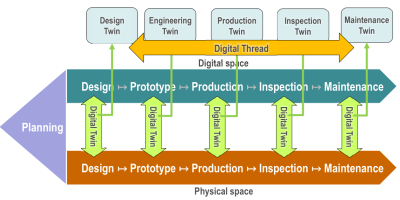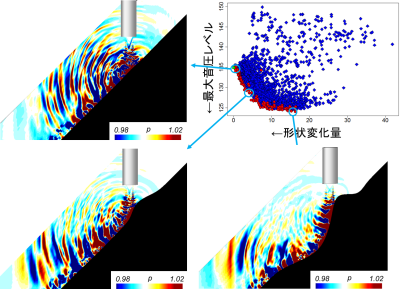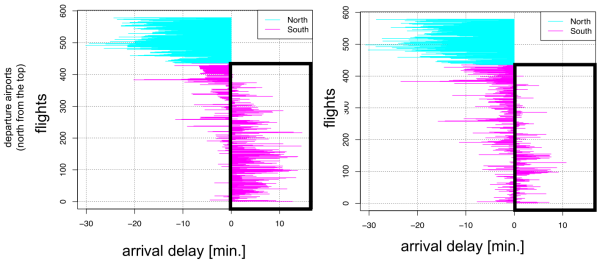
Research
We currently have four research groups.
Digital Twin
Digital Twin is a new academic field that aims to replicate everything in the real world in the digital space, enabling the prediction of product failures and the optimization of production management through real-time simulation. To realize the Digital Twin, various advanced technologies are required, and in our laboratory we are working on the research and development of systems and platforms that integrate high-precision 3D measurement, real-time sensing, highly reliable high-fidelity simulation, industrial big-data analysis, and other necessary elements.

Large-Scale Fluid Analysis
We are conducting large-scale fluid analysis using advanced simulation techniques and supercomputers. Our aim is to solve issues related to fluids in the industrial domain and achieve product innovation. Our research into large-scale flow control using microfluidic devices, known as dielectric barrier discharge plasma actuators, contributes widely from fundamental research to practical applications, and we actively collaborate with companies in joint research.

We are applying Proper Orthogonal Decomposition (POD), Dynamic Mode Decomposition (DMD), and other methods to the numerical simulation results to investigate the transition mechanism of vortex breakdown patterns.
Multi-objective Design Exploration
We are researching optimization techniques for solving multi-objective optimization problems encountered in real-world design problems, and exploration techniques (data mining) for extracting useful design information from these solutions. The goal is to develop new exploration technologies that efficiently present design candidates to decision-makers and support decision-making based on multiple evaluations in design and development, where increasingly rapid results are required (process innovation).

Red dots represent the optimal solutions. The optimal direction is toward the lower-left corner. There is a trade-off relationship where improving one objective results in the deterioration of another.
Next-Generation Transportation System
We are researching the development of models and simulation techniques for designing transportation systems that need to balance safety and efficiency, such as aircraft and trains. We are also developing techniques for analyzing and predicting the effects of different societal components interacting each other using the developed models. In recent years, the complexity of large-scale transportation systems has increased rapidly. Delays in these vital societal transportation systems and the associated economic losses have become commonplace, causing social problems. The current focus is on air transport systems, and we aim to use supercomputers to contribute to the efficiency of these rapidly complex mass transport systems.

Results of multi-objective optimization with departure times as parameters in the flight plan.